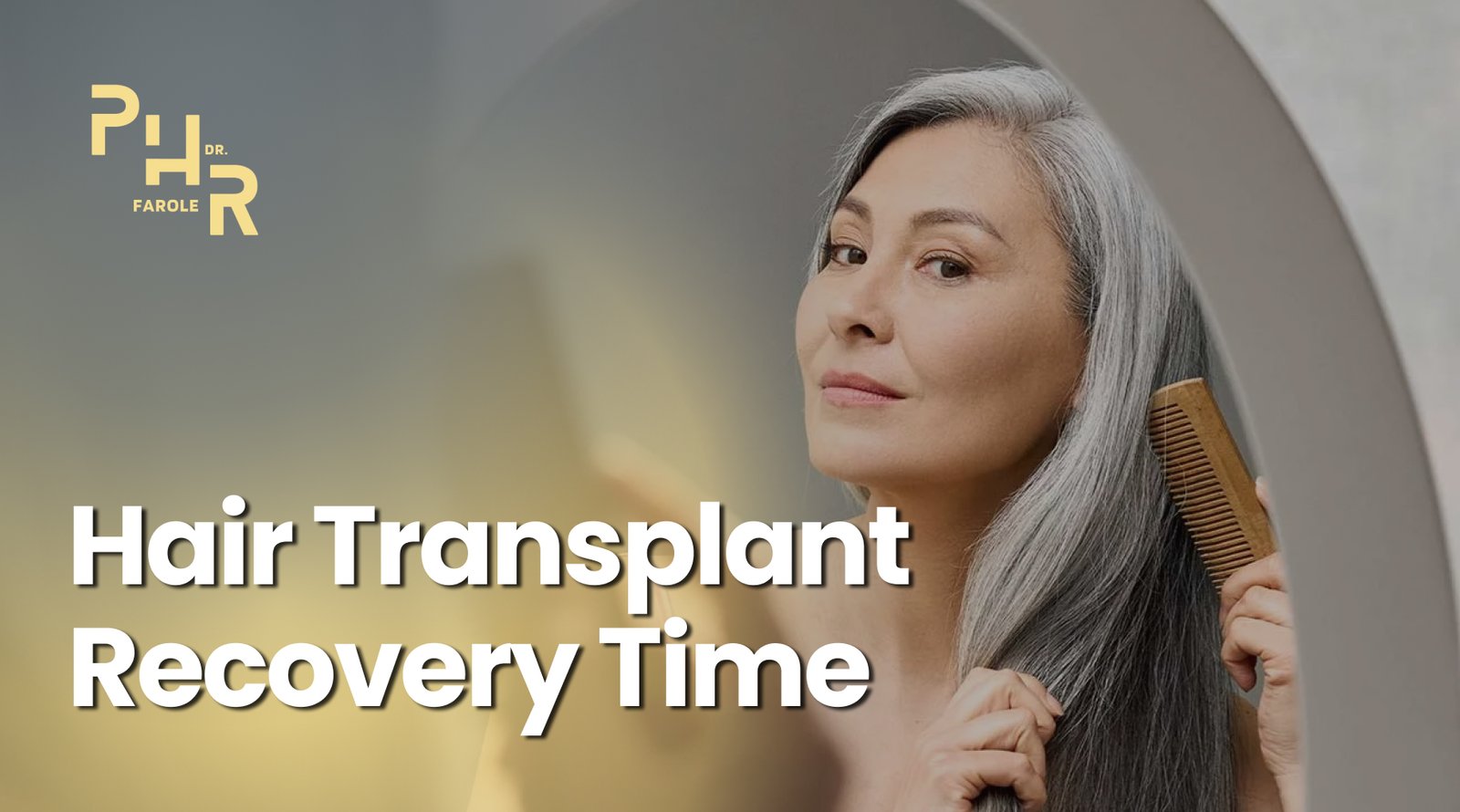Recovering from a hair transplant involves more than just waiting for new hair to grow; it also requires careful attention to your post-operative routine, especially when it comes to exercise. Many patients ask their hair transplant surgeon, “How long after a hair transplant can I work out?”
Understanding when and how to safely resume physical activities after hair transplant surgery is the first step for ensuring optimal healing and successful graft retention. This guide will help you navigate the timeline for returning to exercise, highlighting the importance of patience and proper care in the weeks following your hair transplant procedure.
Timeline for Resuming Exercise Post-Hair Transplant
After undergoing a hair transplant, patients often inquire about the appropriate time to resume working out. Resuming a normal exercise routine after a hair transplant must be done in stages to protect the newly transplanted hair grafts and promote healthy hair growth. Understanding hair density is crucial to ensure the success of your transplant. Here’s a general timeline to follow:
First Two Weeks Post-Op
Anyone who recently got a hair transplant should wait a minimum of two weeks before engaging in any strenuous activities. During this initial period, light activities such as walking are encouraged to promote circulation without putting undue stress on the hair follicles.
However, you don’t need to be bedridden or stationary after a hair transplantation. You can resume relatively normal daily activities, with the exception of strenuous exercise. Walking outside is encouraged as it helps improve circulation and aids the healing process. After the initial two-week period, you can begin to return to your usual activities, provided they do not involve heavy physical exertion.
Why You Should Avoid Exercise Immediately After A Hair Transplant
Engaging in exercise too soon after a hair transplant can negatively impact your recovery process. Understanding the potential risks of hair transplant surgery and choosing the right donor site is essential to ensure optimal healing and graft retention.
Potential for Graft Displacement
Strenuous activities can affect the newly transplanted hair, potentially dislodging hair grafts. The grafts are particularly vulnerable in the initial days post-surgery, and any vigorous movement beyond light exercise can disrupt the proper setting and integration of the hair transplants into the scalp.
Risk of Infection
Sweating excessively during exercise can increase the risk of infection for new hair grafts. In the first few weeks, it’s important to avoid sweating to keep the scalp clean and dry to prevent bacteria from entering the surgical sites of the transplanted hair follicles and causing complications.
Impact on Healing
Exercise elevates blood pressure and heart rate, which can hinder the healing process. Increased blood flow to the scalp might lead to swelling and prolonged recovery, potentially compromising the success of the transplant. It’s best to avoid contact sports and weight lifting, among other high-intensity exercises, for the first few weeks post-surgery.
What Exercises Can You Do Immediately Following A Hair Transplant?
In the days following a hair transplant, it’s important to engage in light, non-strenuous activities to aid recovery without compromising the newly implanted grafts. Gentle exercise after hair transplants helps maintain circulation without causing undue stress on the scalp. Walking is highly recommended as it promotes blood flow and overall well-being without causing sweating or strain.
Additionally, light yoga and stretching can be beneficial. These activities should focus on gentle movements and avoid any positions that might increase blood pressure on the head. Gentle stationary cycling and low-intensity upper-body workouts, like light hand-weight exercises, are also acceptable. You should always ensure that any physical activity keeps the scalp clean and dry to prevent infections from forming.
Tips for Exercising Safely After A Hair Transplant
Engaging in exercise after a hair transplant requires special care to ensure the scalp and newly transplanted follicles heal properly and the grafts remain undisturbed. Following these tips and learning when the best time of the year for a hair transplant can help you stay active while promoting optimal recovery.
Keeping the Scalp Clean
After light exercises, gently wash your scalp as instructed by your surgeon. This helps prevent sweat and dirt from accumulating, which can lead to infection. Use a mild shampoo and avoid scrubbing to keep the scalp clean and promote healing.
Managing Sweat Buildup
Choose low-intensity workouts and wear breathable fabrics to minimize sweat buildup. Exercising in cooler environments can further help reduce perspiration, keeping the scalp dry and less prone to irritation. If you do sweat, make sure to gently pat your scalp dry.
Monitoring the Body’s Response & Adjusting Activities Accordingly
Monitor your body’s response to physical activity closely. If you experience any discomfort, swelling, or unusual symptoms, reduce your activity level immediately. Always consult your surgeon if you are unsure about continuing with a specific exercise.
Regular Check-Ins with Your Surgeon
Schedule regular follow-ups with your surgeon to track your progress and recovery. These check-ins provide an opportunity for personalized advice on safely increasing your activity levels and addressing any concerns you may have.
Schedule A Hair Transplant Consultation with Philadelphia Hair Restoration Today!
Embarking on a hair restoration journey can boost your confidence and overall appearance. At Philadelphia Hair Restoration, our team provides expert care and personalized treatment plans to help you achieve your desired look. By following our proper exercise guidelines post-transplant, you can ensure a smooth recovery and optimal results.
Book a free consultation with Philadelphia Hair Restoration today and experience the transformative benefits of a hair transplant.



